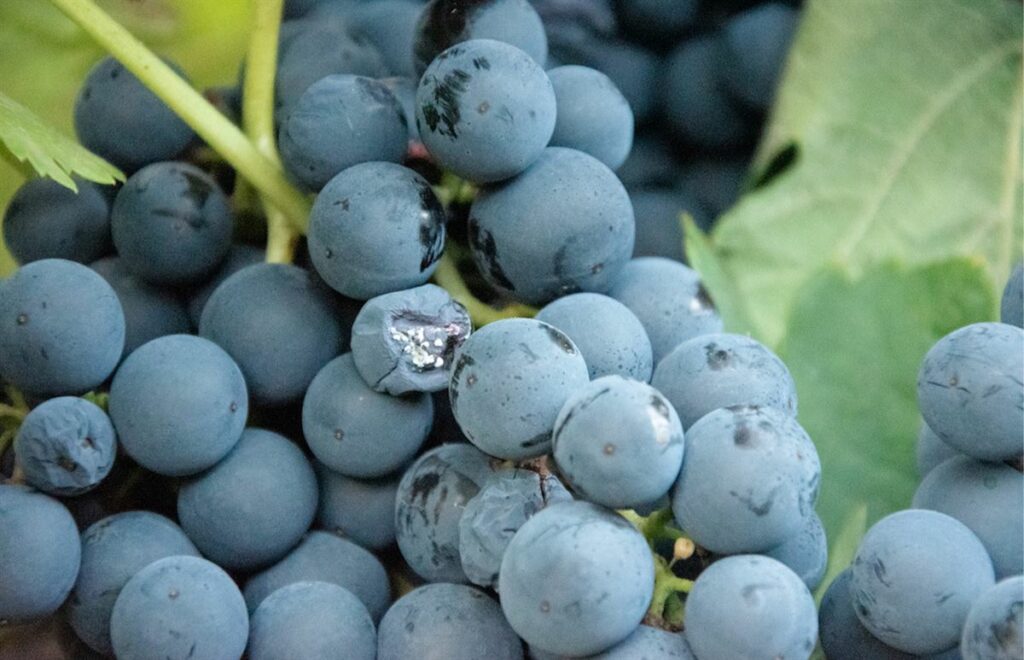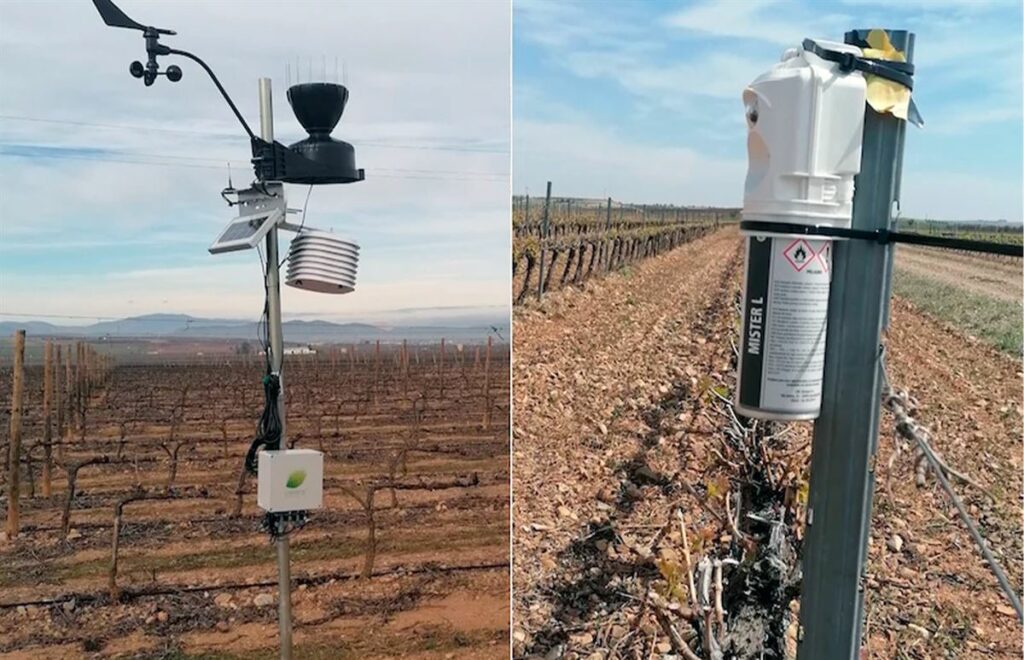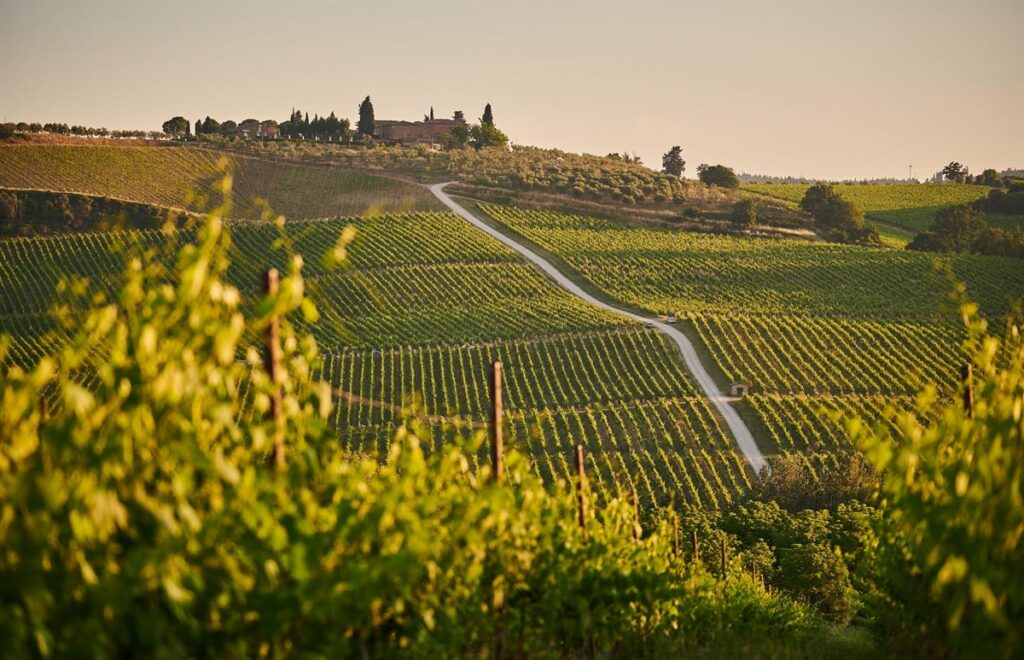Project SIGIS
File
2022
Agriculture
Encore-lab, GRUPO RIOJA, BODEGAS BILBAINAS, PERNOD RICARD, CBC IBERIA
Pheromone release technologies, diffusers, electronic traps, management software.
Project description
L. botrana is the most important vineyard pest in Spain due to the serious damage it causes, especially because it contributes to Botrytis cynerea (botrytis) infections.
The most widespread form of control is conventional chemical methods (insecticides), with their known environmental and food safety disadvantages. On the other hand, temperature increases due to climate change have direct effects on pest development. In the case of L. botrana it is lengthening its life cycle,
The 3rd generation may coincide with the grape harvest, which makes the application of insecticides unfeasible due to their safety periods.
As an alternative, CS is currently considered an effective method to control L. botrana, with good results in many wine-growing areas.
Sexual confusion (SC) techniques for the control of the codling moth (Lobesia botrana) are becoming more and more widespread to the detriment of the use of pesticides. These techniques are based on biological control of the pest, emitting pheromones during the flight stage of the adults to prevent them from mating and reproducing.
Pheromone release technologies have evolved from the first diffusers, with new methodologies emerging to increase the effectiveness of CS, as well as to promote the use of biodegradable tools or to reduce the number of diffusers per hectare and labour costs..
Currently, none of the pheromone application systems for L. botrana control take into account such important factors as climatic factors and pest status, so the efficacy of sexual confusion may be reduced.
Recently, CBC has developed a prototype active diffuser (non-commercial) that allows loading various release programmes with different doses and frequencies. Programme selection is automatic, so that doses and frequencies can be adapted to the actual pest risk level.
SIGIS will develop a new intelligent system for the control of L. botrana in vineyards based on the integration of advanced pheromone release devices and electronic traps that will maximise the effectiveness of CS against this pest and contribute to its prevention in a scenario of climate change.


Reply from Encore-Lab
Development, installation and maintenance of the two gateways as well as the development of the communication system.
The communication system will be developed and diffusers and traps will be installed in two plots to validate its operation and that of the two-way communication. Thirty broadcasters will be connected per Gateway, one Gateway per plot, and adjustments will be made to optimize communication.
Broadcasters shall broadcast with a preset programme without modulation, although tests shall be carried out to verify that automatic switching from one programme to another is possible.
Trips will be made to the vineyard to take data from the traps and check for moth damage. Work will also begin on adapting the software.
Efficiency studies will be carried out to prove that modulation via the new system works and is more efficient than preset broadcasting.
Diffusers will be placed in pairs of plots (minimum 2 plots of 5 ha per winery), one emitting with a preset programme and the other modulating the emission automatically through the software.
Traps and diffusers will be checked and field trips will continue in order to verify catches and moth damage, data necessary to construct new, more reliable and adapted flight curves and to check the efficacy of the treatments.
Results
Wine is the most important agricultural sector in La Rioja, accounting for 5.3% of the autonomous community’s GVA and 21.2% of wine activity in Spain as a whole.
The area of vineyard where CS is used for L. botrana exceeds 80,000 ha in Spain, less than 9% of the national vineyard and 20% in La Rioja.
The results of SIGIS will be transferred to the sector for the benefit of the more than 500 wineries in the region and their suppliers, and can be applied to more than 60,000 ha of vineyards in La Rioja. This will contribute to the competitiveness of agriculture in La Rioja, fostering the sustainable management of resources, reducing the environmental impact and promoting the development of the agricultural sector in the region.
rural communities, in line with the objectives of the AEI.

